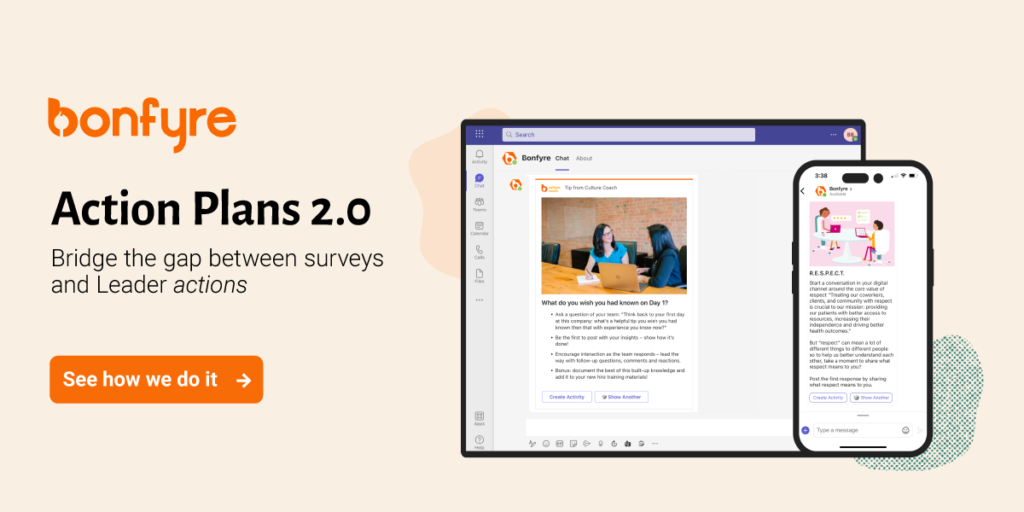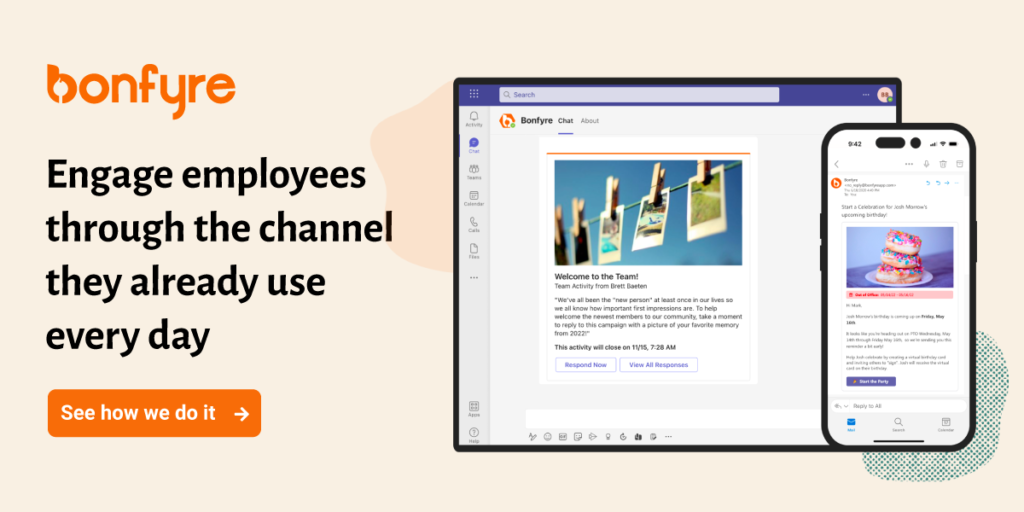Change in business is constant, but modern communications tools can help relieve the burden of constant organizational transformation.
The evidence for constant change is clear in the technological changes we’ve experienced within the last decade. We’ve become so accustomed to carrying around smartphones, it can seem astounding that the first iPhone was only introduced 11 years ago. Technological change in our personal lives is so common, we swap out our phones for newer models every few years without batting an eye. But many balk when presented with organizational change management. Most of us wouldn’t expect a 5 year old smartphone to still provide the functionality we need today, yet we often expect our business practices and technologies that are 10 or 15 years old to still be relevant.
Mergers and acquisitions, IT systems upgrades, and reorganizations of management hierarchies are all common types of organizational change management. Even policy changes and clarifications as a result of societal changes like the #MeToo movement can cause significant change in the workplace.
If you pause to reflect, your organization has likely gone through some type of change in the last 6 months or year, whether you had to use formal change management strategies to get through the process or not. As technologies and customer demands evolve, so do business strategies.
Communicate frequently and transparently during organizational change management
Communication is always important, but never more than during times of change. Times of change create lots of questions and doubt for employees, often resulting in anxiety, confusion, fear, and other negative emotions. As any parent knows, simply telling someone “Don’t be afraid” doesn’t really work. Communication and empathy are necessary to combat fear. That’s why understanding the point of view of your employees and clear, frequent communication are the foundations of any good change management strategy. According to a recent study by Robert Half, 65% of managers said communicating clearly and frequently is the most important aspect of leading a team through a transition.
Information surrounding change within a company is often dispersed in large chunks that can blindside employees. While a town hall meeting is one way to ensure all employees get the same information at the same time, it doesn’t allow employees the opportunity to acclimate to the changes the way that leadership did.

Leaders had the advantage of working through the change curve in the weeks or months leading up to the official change. Allowing employees the time and space to have conversations and process is critical to increasing the adoption rate of any impending change. Keeping change-related information easily accessible via the intranet or mobile platforms ensures that employees can return to the information when they have a question or need clarification. Allowing employees to ask questions and to share their thoughts and concerns is important to closing the feedback loop and providing a sense of stability throughout the change process.
Two-way digital communication helps employees adopt change
Delivering a consistent message across multiple channels ensures you reach every employee, with or without a corporate email address. While email or intranets can deliver top-down communications and make necessary change documents available to those who have access to these systems, modern tools provide additional mobile and interactive features. Not only can you reach a broader employee population, but you can reinforce the information in a way that starts a conversation, enabling you to take your message further and reduce miscommunications.
Through chat feeds, employees can ask clarifying questions and engage in discussions. The CEO or other leadership can respond to questions that arise after a town hall meeting, as employees often require more than just an hour or two to process the change. This allows leaders the opportunity to empathize with and guide employees through the change curve they have already experienced.
This dialogue also allows front line employees to bring suggestions and revisions for minor changes during the implementation process. These issues may not have occurred to leadership during the planning stages because they simply are not involved in all aspects of day-to-day operations. Without two-way communication, these issues may take longer to uncover or could go unnoticed entirely.
When possible, allow for employee feedback during the transition. Involving employees in identifying problems and crafting solutions creates a sense of ownership. Studies show that people place greater value on something they put more effort and labor into, often referred to as the IKEA effect. Co-creation stimulates positive interaction, which can result in greater acceptance of the change.
Modern, interactive digital platforms can be used to celebrate successes early and often throughout the change process. Recognizing small accomplishments can build momentum and reinforce positive behaviors that support your company’s core values throughout the transition.
Analytics can help you know that the messages sent are being received, opened and read. They also can shine light onto areas that aren’t working as well as you might have expected, allowing you to fine tune your strategy throughout the implementation process. The ability to catch these pain points early in the process can save valuable time and money.
Keep in mind that each change brings about a unique set of challenges. As you plan your change management strategy, consider the digital communications platforms you already have at your disposal. They can support your change communications strategy if you know how to harness their power. An ideal platform for communication during organizational change management will have features that support both top-down and two-way communications, survey and recognition tools, and a robust analytics suite so you know exactly how your strategy is performing.




 4 min
4 min




